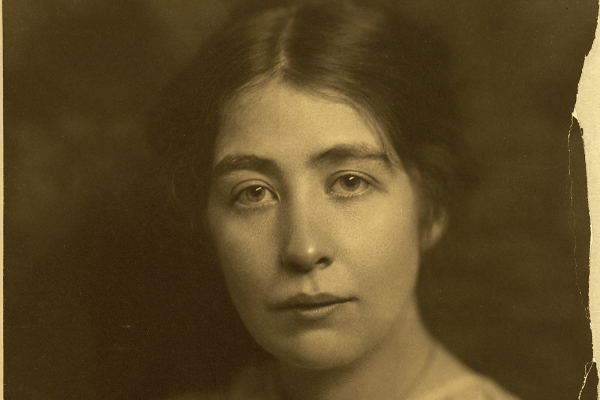ON MARCH 25, 1911, the prominent British suffragette Sylvia Pankhurst, visiting the U.S. on a speaking tour, was suddenly notified about a grotesque tragedy on New York’s Lower East Side. In what would come to be known internationally as the Triangle Shirtwaist Factory fire, 146 immigrant garment workers—mostly women—had died. Locked inside the workplace, they had no chance of escape. The event changed Pankhurst’s life.
At this point, Pankhurst had already been in disagreement with her mother and older sister over their positioning of the Women’s Socialist and Political Union, a women’s suffrage advocacy group where she also worked. Her mother and older sister were moving it away from its leftist roots, marginalizing working women and emphasizing the role of wealthy women whose prominence helped drum up great media coverage for the cause.
In New York, however, Sylvia was getting deeply involved with militant working-class women tired of being pushed aside by blue-blooded suffragettes. The laundry workers’ strikes greatly impressed Pankhurst, as did the garment workers’ determination to make sure employer abuses like those that caused the Triangle fire deaths never happened again.
In A Suffragette in America: Reflections on Prisoners, Pickets and Political Change, editor and historian Katherine Connelly lucidly describes Pankhurst’s transformation and embrace of justice beyond only women’s rights, adding important original materials to support her legacy. In addition to the American influences that expanded her views, Pankhurst was in an intimate relationship with the original founder of the British Labour Party, Keir Hardie. Born into an impoverished family, Hardie had worked in the Scottish coalfields before adolescence and, through brilliance and hard work, became Labour’s first representative in Parliament. A Suffragette in America is based on letters Pankhurst sent him during her trips to America.
Travelling around the U.S. on two separate tours in 1911 and 1912, Pankhurst saw horrifying prison conditions and the embedded racism of the Southern gentry. She went on break completely from her mother and sister to form the East London Foundation of Suffragettes, aimed at working women. She spent several years in Ethiopia (where she eventually died in 1960) vehemently decrying the invasion and takeover of the country by Italy’s fascist government in the 1930s and the colonialism found across Africa.
Pankhurst’s broader, more inclusive political approach places her alongside early 21st-century feminists such as Alexandria Ocasio-Cortez.

Got something to say about what you're reading? We value your feedback!





